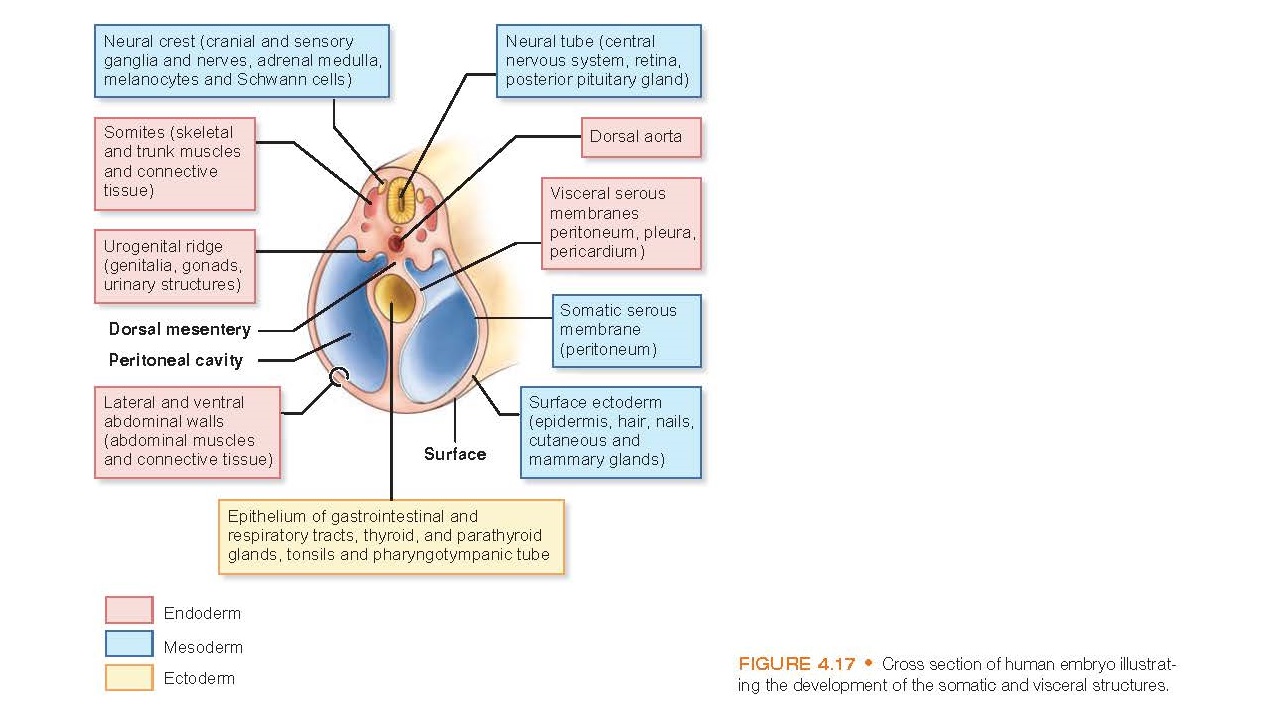The Nucleus
The Nucleus
The nucleus of the cell appears as
a rounded or elongated structure
situated near the center of the cell (see Fig. 4.1). All eukaryotic cells have
at least one nucleus (prokaryotic cells, such as bacteria, lack a nucleus and
nuclear membrane). Some cells contain more than one nucleus; osteoclasts (a
type of bone cell) typically contain 12 nuclei or more. The platelet-producing
cell, the megakaryocyte, has only one nucleus but usually contains 16 times the
normal chromatin amount.
The nucleus can be regarded as the
control center for the cell. It contains the deoxyribonucleic acid (DNA) that
is essential to the cell because its genes encode the information necessary for
the synthesis of proteins that the cell must produce to stay alive. These
proteins include structural proteins and enzymes used to synthesize other
substances, including carbohydrates and lipids. Genes also represent the
individual units of inheritance that transmit information from one generation
to another. The nucleus also is the site for the synthesis of the three types
of ribonucleic acid (messenger RNA [mRNA], ribosomal RNA [rRNA], and transfer
RNA [tRNA]) that move to the cytoplasm and carry out the actual synthesis of
proteins. mRNA copies and carries the DNA instructions for protein synthesis to
the cytoplasm; rRNA is the site of protein synthesis; and tRNA transports amino
acids to the site of proteins synthesis for incorporation into the protein
being synthesized.
Chromatin is the term denoting the complex structure of
DNA and DNA-associated proteins dispersed in the nuclear matrix. Depending on its transcriptional
activity, chromatin may be
condensed as an inactive form of chromatin called heterochromatin or
extended as a more active form called euchromatin. Because
heterochromatic regions of the nucleus stain more intensely than regions
consisting of euchromatin, nuclear staining can be a guide to cell activity.
Evidence suggests the importance that alteration in the chromatin, along with
DNA hypermethylation, in neoplastic progression. It seems both of these
processes work symbiotically not separately in their role regarding cancer.












































